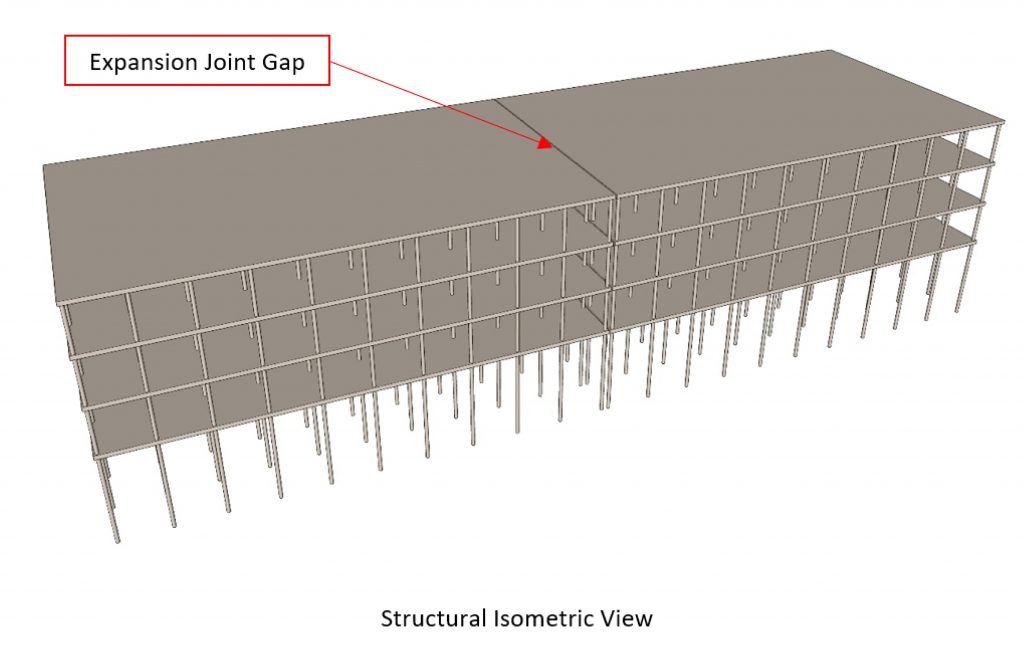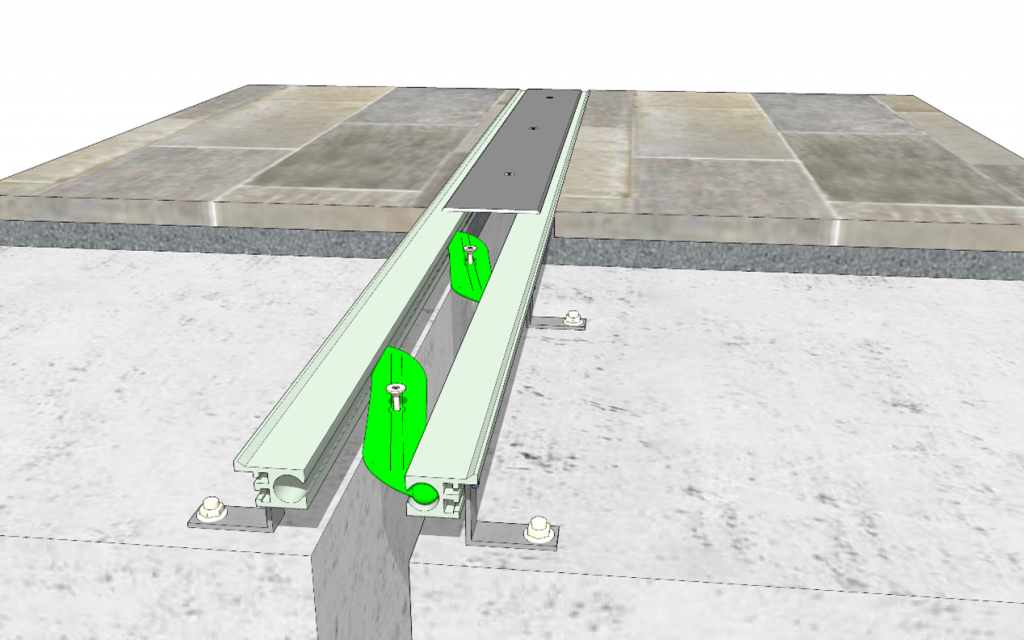
Why ‘movement gaps’ exist
Gaps are formed in large building structures for ‘buildability’, and to provide movement for thermal, shrinkage, wind and seismic activity. Architectural and other finishes (e.g. ceramic tiles, aluminium cladding, interlock paving) applied to these structures do not have the flexibility to span these ‘expansion gaps’ without damage.

Architectural expansion joint systems provide a bridge across the gap in order to support traffic and/or seal from ingress of water, fire, or other elements (eg cockroaches, dust etc). Floor expansion joint covers are designed to provide a flush, trafficable transition which spans the gap and carries the load. They are required to protect the edge of the floor finish whilst allowing for multidirectional movement within an aesthetic and sometimes hygienic environment.
